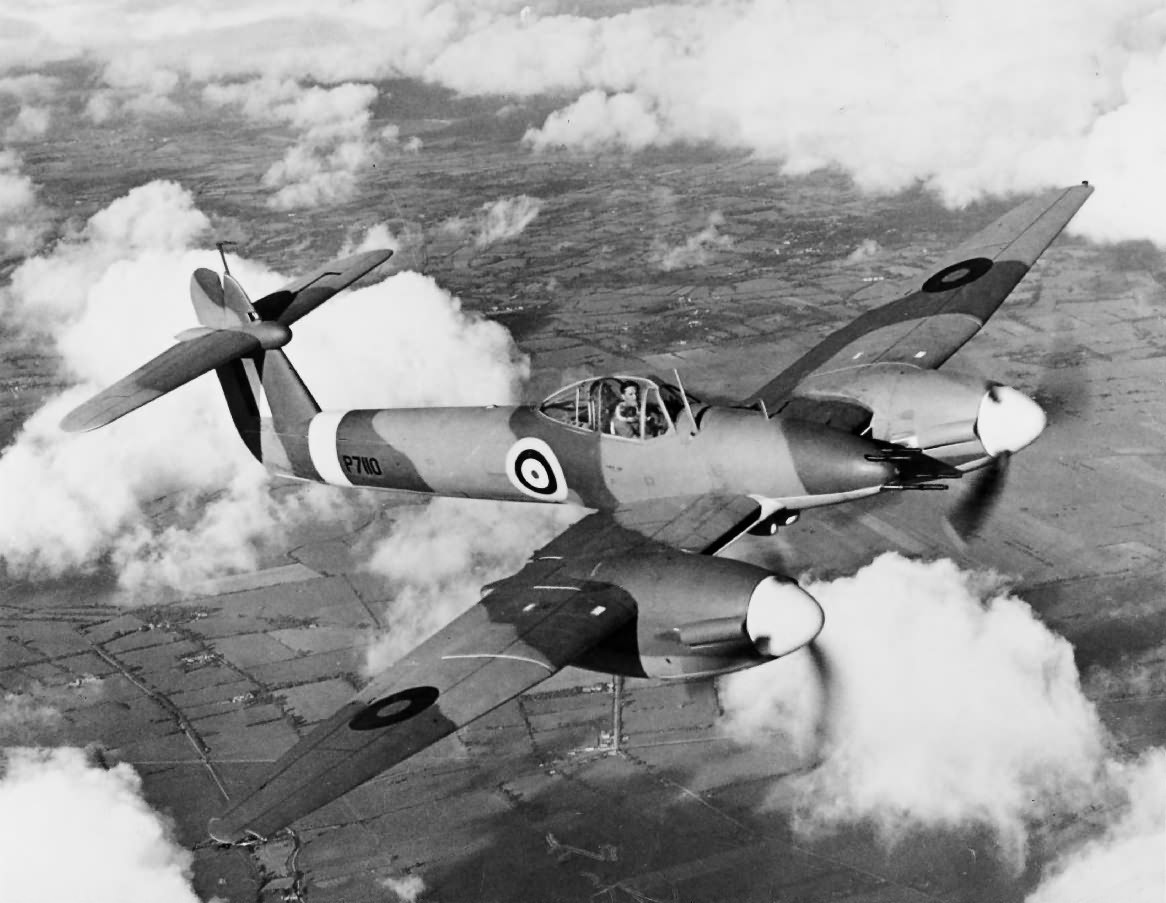The Rolls-Royce Peregrine was a relatively obscure engine from World War II, primarily used in the Westland Whirlwind fighter. It was derived from the earlier Rolls-Royce Kestrel, sharing the same bore and stroke in a V-12, 60° configuration. The Peregrine included several advanced features for its time, such as downdraft carburetion, which reduced the engine’s frontal area compared to the older updraft designs used in previous Rolls-Royce engines. This feature was later adopted in some models of the Merlin engine to achieve similar benefits.
Technical Characteristics and Performance
Displacement and Power Output:
- The Peregrine had a displacement of 1296 in³ (21.25 L) and was rated at 885 hp at 3000 rpm. Despite being a significant power output, this was deemed insufficient for the increasingly demanding aerial combat scenarios of World War II.
Design Features:
- The engine incorporated several design aspects from the Merlin, such as the cylinder head and bank design, accessory drive systems, and the characteristic dual V drive at the front. These similarities led to the Peregrine often being described as a “Merlinized” Kestrel.
Service and Applications
Westland Whirlwind:
- The Westland Whirlwind was the only aircraft produced in significant numbers to be equipped with the Peregrine engine. It was a twin-engine fighter notable for several advanced design features, including a “T” tail, leading-edge radiators, and the world’s first bubble canopy.
Operational Challenges:
- A notable issue during the Peregrine’s service was overheating, which was primarily due to the aircraft’s design rather than the engine itself. The Whirlwind’s leading-edge radiators were prone to reduced airflow in certain flap configurations, leading to this problem.
Service Life:
- The Peregrine-powered Whirlwind entered service in 1940 but faced numerous operational difficulties. As a result, most Whirlwinds were withdrawn from service by 1941, and the engine was quickly overshadowed by more powerful and reliable alternatives.
The Peregrine’s brief service life and operational challenges, combined with the emergence of more powerful engines like the Merlin, led to its limited use and eventual phase-out. Despite its potential, it remains a lesser-known aspect of Rolls-Royce’s wartime engine development history.
